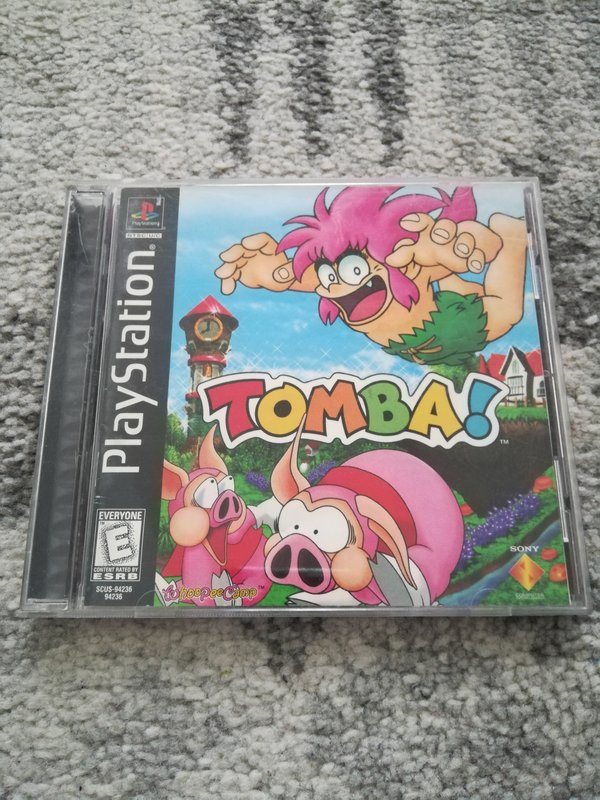

To uncover what’s truly happening, you will need to play the game in New Game Plus – one playthrough will leave the game on a rather unsatisfying ending and a number of missions and tips files are hidden away in New Game +, which could be a frustration depending on how you intend to play Lost Dimension. It somewhat hurts then, that the traitors are randomly decided each playthrough, meaning you may get the same characters betraying you and you never get chance to see their stories fully through. With any great bond comes difficultly though, and one of Lost Dimension‘s main ideas is that on each floor one of your team-mates will be a traitor and it’s up to you to uncover, unmask and then vote to erase them – very DanganRonpa-esque and it works extremely well here, especially given the relationship building you’ll do with your team. It’s here where Lost Dimension shines – even with bare bones character development, I became genuinely attached to most of my characters – you’ll get specific dialogue and even missions the more you talk to them. The story itself is minimalistic however – you’re given very little while travelling up the pillar, instead spending most of your time interacting with your team-mates. The majority of the title takes place inside this pillar which creates a pretty interesting world – clearly supernatural, you’ll travel floor to floor and each will have a completely difficult graphical design – from deserted city streets to Egyptian-style hieroglyphic rooms, the sheer strangeness of the situation will mean you’ll want to see what’s going on in this world. You’re given just enough information to keep you interested in the plot but otherwise you always feel in the dark with the events happening in the game – at least on your first playthrough. From here you’re tasked as the player character to infiltrate this pillar and discover who The End is and what his intentions are.

The Japanese version uses the original version of "Paradise" (There's also the matter that unlike the US and European versions of the game, the Japanese version does not include sound effects, likely due to the Japanese version being released first).

The main theme for the US version is an instrumental version of " Paradise" by Tokyo Q Channel, while the PAL version uses the song " No Sweat" by North & South, which was used in the British children's comedy show of the same name.The game was released in the PAL region a few months after the release of the North American release, but since the PAL version of the game contained so many issues, a ported version of the North American version was released instead. The Japanese version was then later released on the Japanese PlayStation Network on Jfor ¥600 and the American version, Tomba!, was released on the American PlayStation Network on Jfor $10. The original Japanese release, Ore! Tomba was released on December 25, 1997, followed by the North American release on June 30, 1998, under the name Tomba!, and finally the PAL release on September 4, 1998, under the title Tombi!.ĭespite receiving critical praise, the game only sold moderately well, making it somewhat of a rarity. By leaping on enemies, he gain experience which allows him up level up some abilities that can be activated as the game progresses, as a flame shield and a double jump. The main character, Tomba, can jump on and throw his weapon to attack enemies. Tomba! is a two-dimensional platforming game, which contains some RPG elements.
#Tomba ps1 endings free#
Now Tomba must free all the different lands and towns from the curse and defeat the Evil Pigs in order to retrieve the lost armlet. He makes his way over to the civilization, only to see that the leaders of the Koma Pigs, the Evil Pigs, has cursed the whole continent.

The story tells about a young feral boy, named Tomba (Tombi in the PAL version) who is on a quest to retrieve a golden armlet, which was stolen by some anthropomorphic pigs, called Koma Pigs, in a fight.


 0 kommentar(er)
0 kommentar(er)
